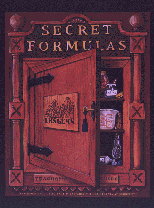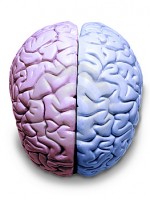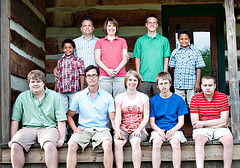GEMS: Great Explorations in Math and Science
By Lawrence Hall of Science
University of California, Berkeley
GEMS science, put out by the people at the Lawrence Hall of Science in Berkeley, is the best thing I’ve ever done — not only for my RB dd, but for my own very LB self!
The program consists of a series of Teachers Guides, which are basically unit plans. They are organized on the website both by content and by general age group. One of the best things about these guides for homeschoolers is that each guide can work with quite a wide age spread and they work well with multiple kids.
The guides begin with a general overview of the unit, a breakdown into lesson plans (the guides were developed for use in schools), lists of materials needed as a whole and by lesson, and preparation time/needs (note: enlist your kids for prepping; they love it, and it cuts down dramatically on your own work). The lessons are laid out in detail, with reproducible data sheets, or papers on which to take notes or draw. Directions for kids are easy to read and short. The units also include suggestions for assessment activities, enrichment, tailoring for kids at lower and higher grade levels; and each unit ends with a list of books on the topic, ranging from picture books through chapter books through adult level non-fiction.
The lessons themselves are all hands-on. GEMS operates under the principle that science is a verb: kids make models, collect data, practice close observation and formulating questions, discuss, and gradually learn how to isolate variables and design experiments. Many sessions begin with free exploration of the materials, which serves two purposes. 1) Some studies have been done that show kids who have the chance to play with materials first end up being more creative and flexible in their thinking when they move to guided instruction; and 2) they can focus better on the actual activities once they have gotten their initial excitement discharged somewhat through play/free exploration.
The activities target conceptual understanding and scientific procedures and ways of thinking. But the best thing of all is that the activities are so highly engaging. I’ve done slightly over half of all of the units, with dd alone, with a small co-op class, and at science parties we held at our house one year. The kids LOVE them. At the co-op they waited for me at the gate on science days and we always ran over time. Sometimes the kids would run out of the classroom to show others what they had discovered, and often we’d end up with an audience of adults through kindergartners. Many of the co-op kids were right-brained kids, and they thrived with this program.
Now the downside: you need to gather materials for each unit; there are no homeschool kits. The lists are for classroom-sized groups, so you scale down dramatically; but still, collecting all the different bits and pieces can seem like a gigantic imposition. All I can say is: after one or two units, you’ll have the majority of what you need (straws, tape, plastic cups or containers, etc.), and finally, it is so, so worth it. Once you have the materials and the set-up, the projects run themselves. I rarely had to do anything but say, “Oh, isn’t that interesting! Can you make that happen again?” or, “How does that relate to….?” Seriously, that was about it. Terrific, terrific science. ~Karen









